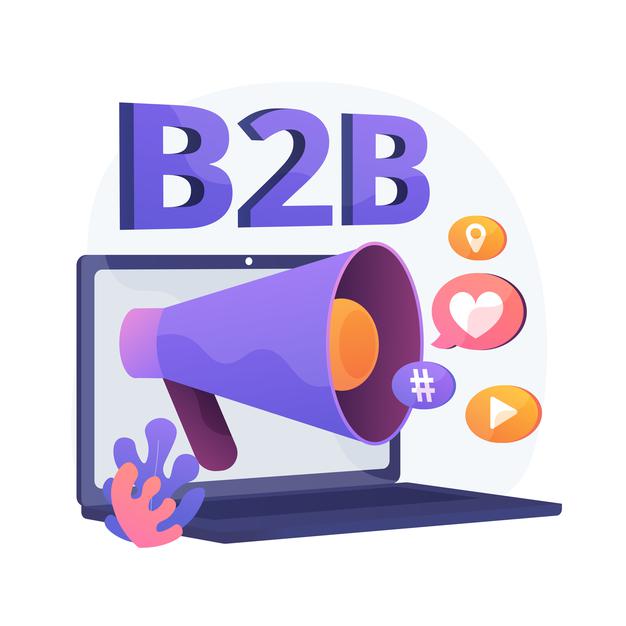Like their companies’ customers, B2B content and B2C content are not the same. That may seem straightforward, but many marketers forget it when they’re sharing their expertise. It’s clear to see that B2B and B2C audiences are different. Whereas one audience is looking for efficiency and expertise, the other is looking for deals and entertainment. That means B2B and B2C companies must view their content marketing differently.
- Sell the story before the product
Businesses buy your products for one reason: It either saves them money or makes them money. Your content should focus on providing value that an employee can bring to their manager or a manager to their executive. It should convey that undeniable value to your reader. But that’s not your only job; you need to engage your readers, too. Often, marketers can focus so much on providing value that they lose sight of engaging the reader. That causes two problems:
- The content is so value-driven that it isn’t engaging anymore.
- Every piece of content looks like a sales pitch.
There’s nothing wrong with trying to sell your product. But if that becomes your only message, no one wants to read it. So how do you add value to your content without beating readers over the head with all the reasons your product will make them money? By telling a story. Stories can take many forms: They can be funny and witty; they can be entertaining and memorable; they can educate the reader about something; they can even tug at your heartstrings. So, engage your readers with a story. You can’t expect readers to share your content with their manager or executive if they fall asleep while reading it.
- Connect your story with your brand
Engaging your readers with a great story is important, but the goal of any piece of content should be to move your reader from point A to point B to eventually convert. Your content should move them through the sales funnel. Every piece of content you write can’t be only about solving a particular problem; at some point, you have to explain to your client what makes your product valuable and stand out from all your competitors’. Connecting your story with your brand is one way you can move your client through your sales funnel. People like products, but they love brands. Connect your story to your brand, and you’ve got customer loyalty.
- Guest contributors can create content that converts
Once you’ve created content, you need to distribute it. You want as many people to see it as possible. One of the most undervalued platforms for that is guest blogging. When you share your content on another site, it establishes you as an authority. When people see your brand in more than one location, it builds brand recognition. Your content can also provide backlinks to your site to help move prospects through your sales funnel (and improve your SEO). Many B2B businesses may find it odd to promote on other sites, but it’s one of the most effective ways to establish yourself in the industry. Guest posts go to where the readers are, and they connect readers to your story and your brand.
- Diversify your content
There’s more than one way to get your point across, just like there’s more than one way to promote your business. Your content is no different. If you wish to engage your audience, you have to be willing to diversify your content. What does diversify mean? It means using text, images, and video. Sometimes, the best way to get your point across is with a well-written blog post. Other times, you may be able communicate that same message more effectively with an infographic, such as the one we shared at the beginning of this article. And if neither of those will do the trick, video is a great option!
- Track your content metrics
When you begin implementing your content strategy, you’ll find that some content doesn’t earn the amount of customer engagement you thought it would. That’s OK. You may want to try to repurpose it in another way. If you wrote a blog post, repurpose it as a video or infographic, then compare their performance. The numbers will tell you which format was more effective. You have to test things out to see what your audience prefers to consume; then double-down on that form of content. That takes time. Remember the infographic from above? B2B is about the long buying cycle. So be patient, track your metrics, and multiply what works.



